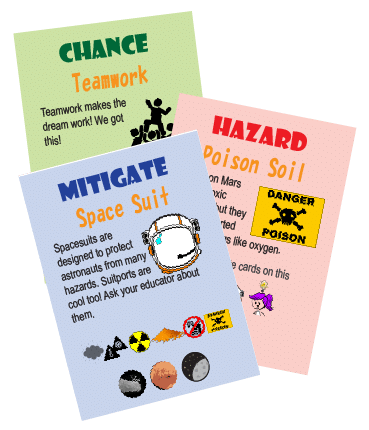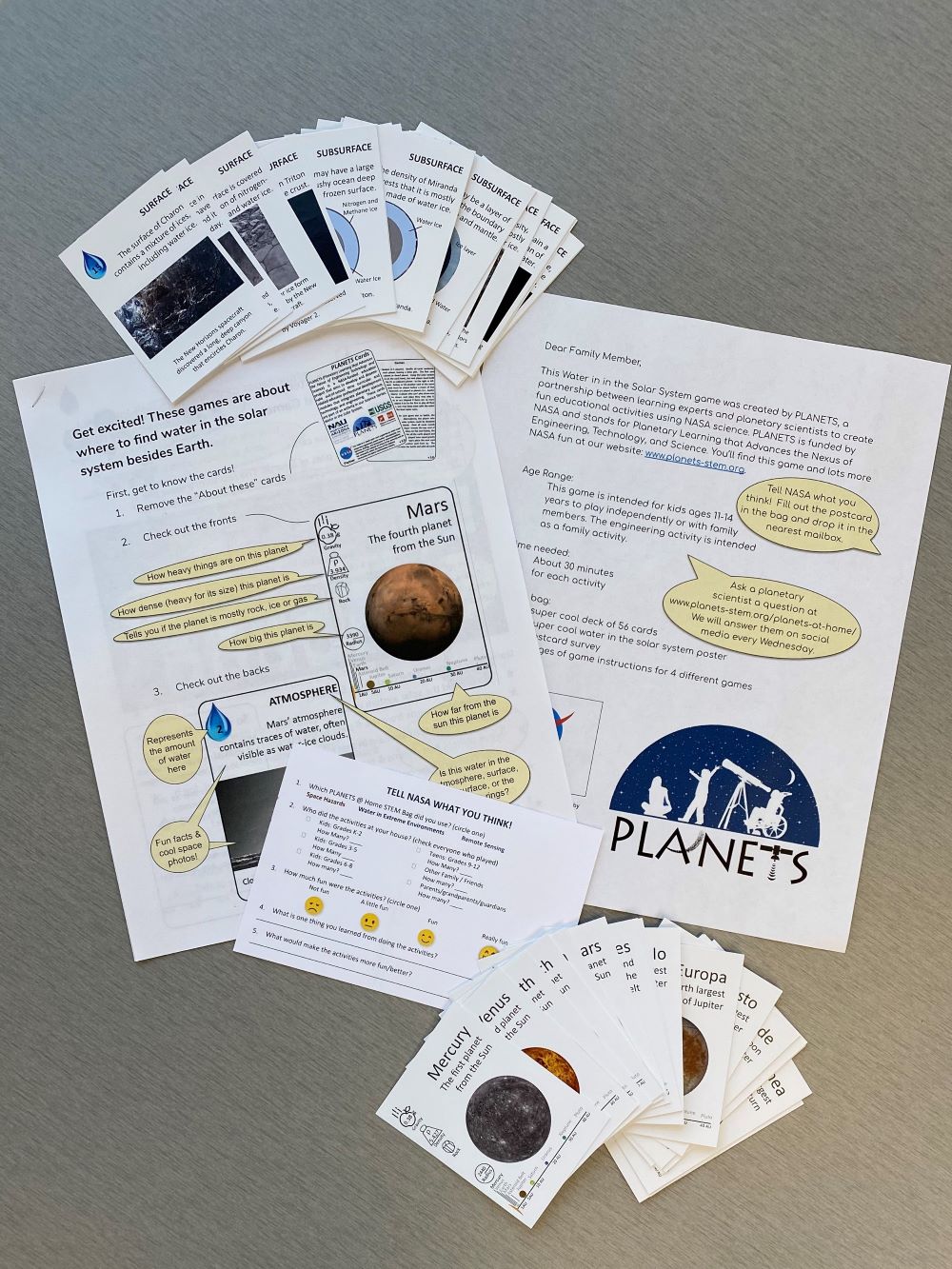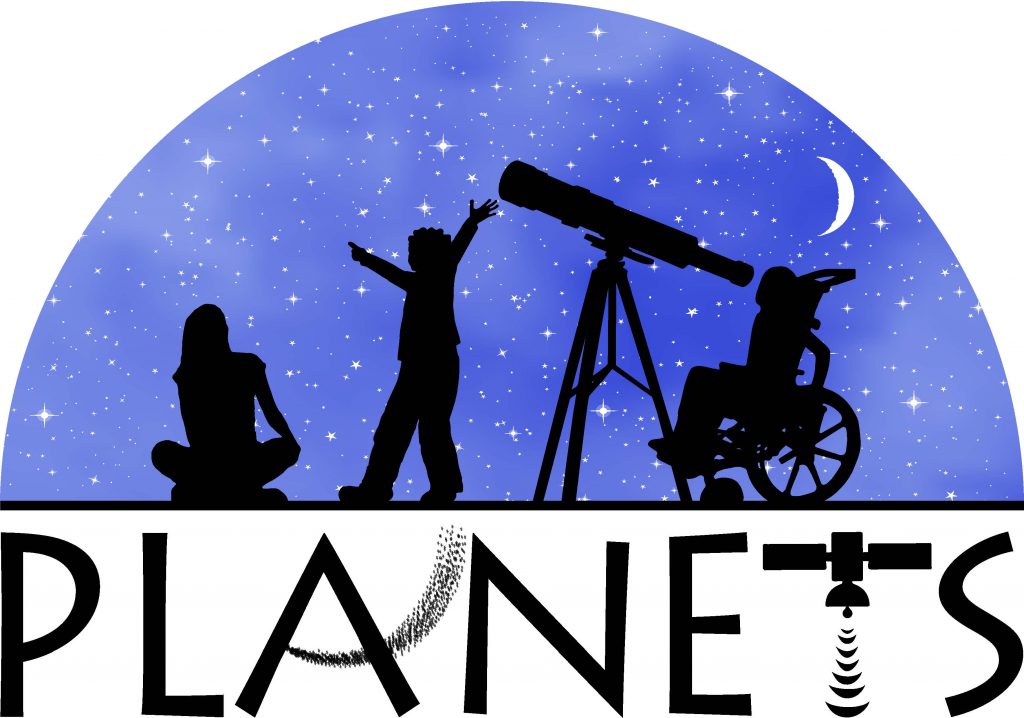The NASA Science Mission Directorate granted $4.6 million to Northern Arizona University’s Planetary Learning that Advances the Nexus of Engineering, Technology, and Science (PLANETS) project to fund another five years in the development of high-quality science and engineering curriculum and resources.
PLANETS is a program designed for the development and dissemination of NASA out-of-school time (OST) curricular and educator resource modules that integrate planetary science, technology and engineering. It provides free educator materials in the form of STEM units geared toward youth in grades 3-8 with a goal of serving minorities, including those with physical disabilities, Native Americans and English language learners.
The grant will be used to improve upon existing learning units and modules and to fund supporting research on the effectiveness of the resources to ensure that the materials are working as intended.
“This extension is so critical because it is focused on getting these resources into the hands of learners and educators across the country,” said Joelle Clark, principal investigator and associate director of NAU’s Center for Science Teaching and Learning (CSTL). “We want PLANETS to excite and inspire kids and educators about planetary science and engineering. We hope to provide useful tools and resources to support learning and that these efforts will result in a greater appreciation of the importance of STEM in understanding our world and solar system.”
PLANETS started out as a partnership between CSTL, the U.S. Geological Survey Astrogeology Science Center and the Museum of Science Boston. With the extension of the project, WestEd STEM joined the team to expand the opportunities of the program.
“We have terrific partners and consultants across the country to collaborate with on this journey,” Clark said. “We want to inspire and encourage young people with the incredible exploration, images and information NASA is researching about our solar system.”

The project conducted national pilot testing when materials were developed and evaluated their effectiveness. Educators sent feedback and investigators surveyed and interviewed educators about their experiences. Youth also were surveyed about their interest and attitudes toward the STEM field. All of these evaluation methods will continue as the project moves into this second phase of development.

Once effectiveness of the materials is analyzed, innovative strategies for improvement can be implemented with the goal of making the units more effective and assessable to diverse learners. Clark said that with today’s societal issues, inclusion and diversity is critical work and necessary to the development of STEM.
“I am so excited that we are funded to expand STEM learning in out-of-school time environments, especially with underserved youth across the country,” Clark said. “Access, diversity, inclusion and equality are critical in education and society, and we have a chance to leverage the deep knowledge and resources of NASA to engage and inspire all kids.”
About the NASA Science Mission Directorate
Science Mission Directorate (SMD) engages the nation’s science community, sponsors scientific research and develops and deploys satellites and probes in collaboration with NASA’s partners throughout the world to answer fundamental questions requiring the view from and into space. SMD seeks to understand the origins, evolution and destiny of the universe and to understand the nature of the strange phenomena that shapes it.
NAU was selected as one of the 27 teams across the nation to be part of NASA’s SMD Science Activation program where NASA Science connects a team of NASA experts, real content and experiences with community leaders of the school to create ways of doing science that activates minds and promotes deeper understanding of the world and beyond in innovative ways.
Jacklyn Walling | NAU Communications




